How to Identify Different Types of Bug Bites
It’s extremely difficult to avoid being
bitten by insects, and sometimes it’s hard to identify what it was that
bit you. There are many different biting insects, and they all transmit
different diseases, so it’s very important to be able to correctly
identify what bit you.
The guide below will help you do just that:
1. Mosquito
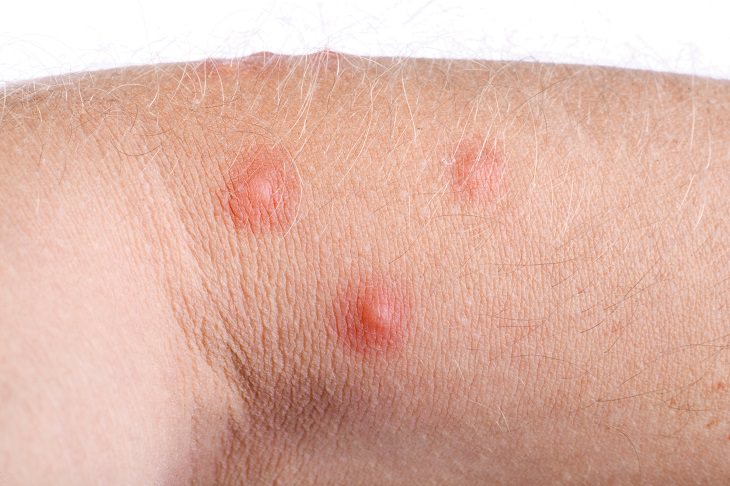

A mosquito bite is usually a swollen red
spot the size of a berry, and they most often appear on open areas of
the body. Mosquitos prefer to bite where the skin is very thin as this
makes it easier for them to get into the blood vessels. When they bite,
they inject their saliva which contains anticoagulants that make the
blood thinner. Mosquito bites cause the skin to turn red, itch, and
swell.
2. Tick
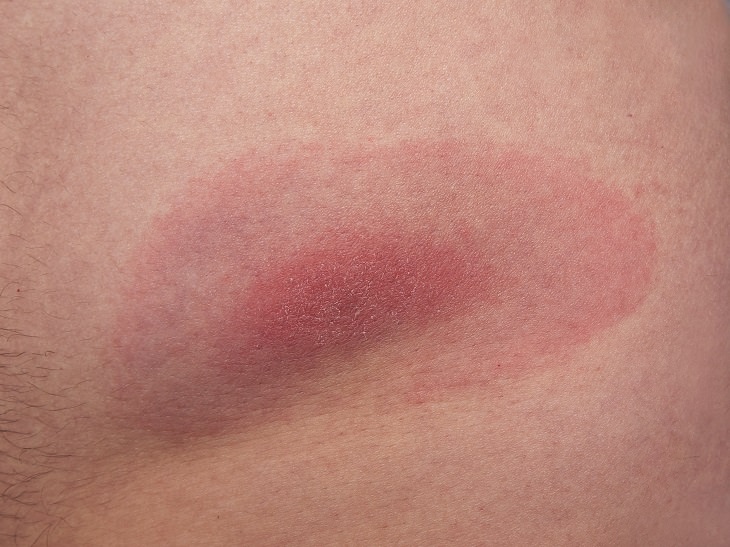

Our body’s reaction to being bitten by a
tick is a red spot. Ticks can infect you with Lyme’s disease,
encephalitis, Borreliosis, and many other diseases. If you remove the
tick from your skin, but the red spot continues to grow, you should see
your doctor as quickly as possible.
3. Flea
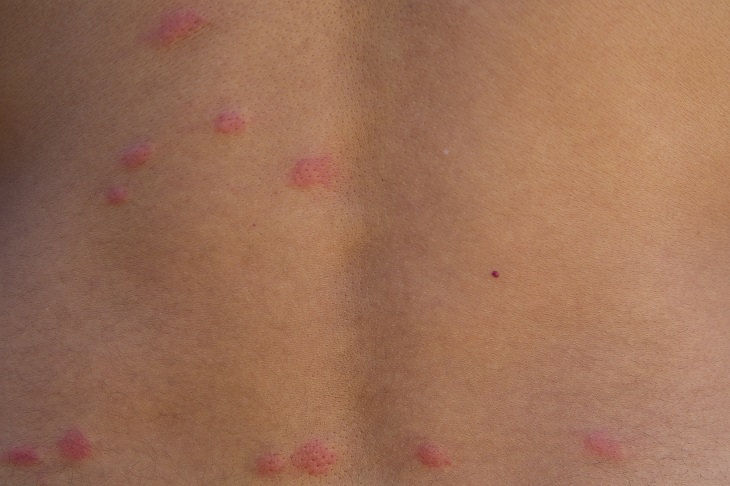

Flea bites are often mistaken for allergies
or mosquito bites as they often look red and swollen. However, unlike
mosquitos, these insect bites are painful and itch a lot more. Fleas
usually attack the legs, and one insect can bite several times, so the
distance between red spots is usually 0.5 to 1 inch. Flea bites can
become seriously infected.
4. Ants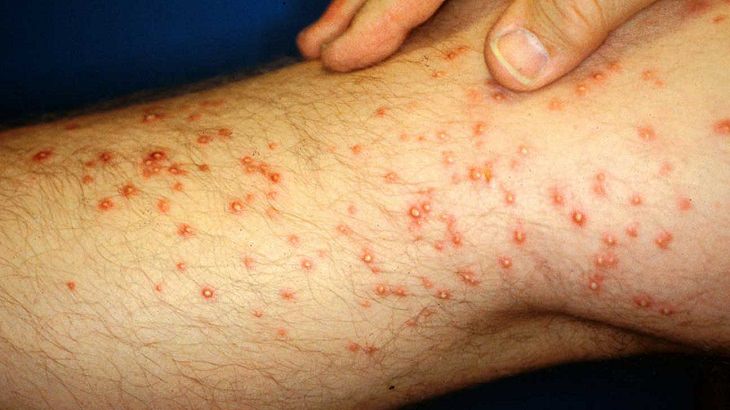

The majority of ants are harmless to
humans, but the red fire ant can cause a lot of pain. Pustules will
appear at the bite location, and these will later turn into scars. To
add to this, the ants’ poison contains toxins, so the victim could have a
dangerous allergic reaction or go into anaphylactic shock. The
thatching ant may also bite humans, and their bite resembles a mosquito
bite. However, immediately after being bitten, the victim will feel a
burning pain as though some boiling water has been poured on the skin.
5. Louse
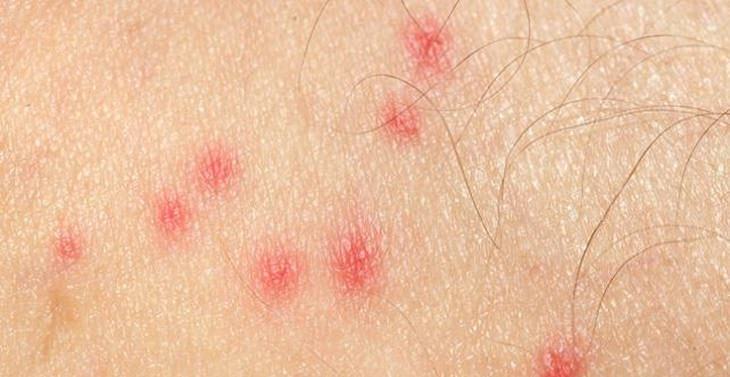

If you find small red dots that resemble
mosquito bites in places where hair grows, it means that you have been
bitten by a head or pubic louse. The bites are usually a few inches away
from each other, and the skin looks like it was pierced. Lice can
transmit serious diseases such as trench-fever and typhoid.
6. Bed Bug
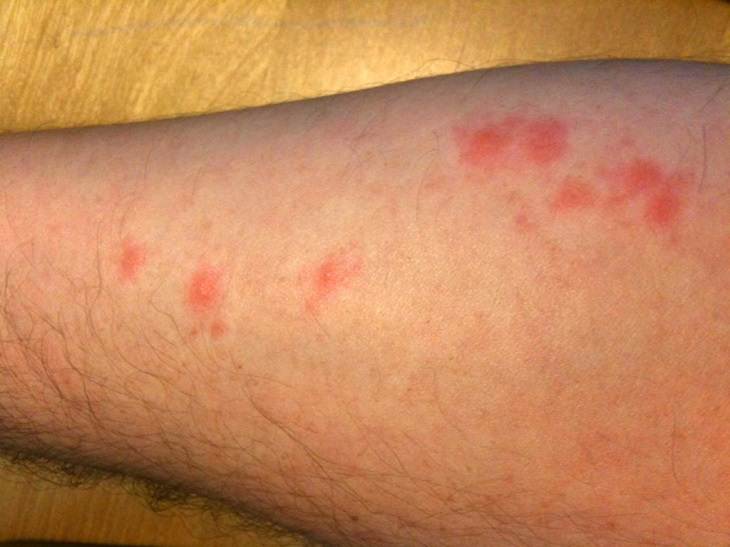

At first sight, a bed bug bite may look
like a flea or mosquito bite or an allergic reaction. The skin becomes
red, swollen and begins to itch. However, bed bug bites are very close
to each other and look like little roads on the skin. They are also more
painful than mosquito bites. The roads are more noticeable in the
morning as bed bugs hunt at night.